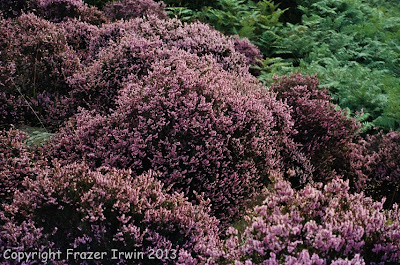The
Answer was in the Water
I note from my records it is 13 yrs since
Mr Brian Holmans (formally of Cranbrook), made contact re that which the
majority in God's Own Country feel their own. On Ilkla Moor Baht t'at. Since then I've been trying to find a way
of putting the history of Thomas Clark's hymn tune to a wider Public. A
suggestion from a friend makes me wonder why never thought of it before.
He and his partner have lived for
over fifteen years at White Wells, Ilkley's ancient Spaw Baths, on Ilkley
Moor. Were it not for White Wells there
would not have been a Heather Spa for chapel choirs to visit on their annual
picnics. Nor the song written to the hymn tune we seek credit for.
Mark suggested putting something up at
the Bath House. He and I are now working
on an idea and I am sure it will be of interest to all here in Ilkley,
Cranbrook and the world at large. I am
financing the project myself, however should others wish to contribute I will
be happy to accept that which is offered. A minimum of £300 would provide a basic plaque
but this is Yorkshire and Ilkley Moor where we do things in a style befitting
the occasion.
It is interesting to note this is not
the first time Ilkley has connections with Thomas Clark. He chose hymns by The Rev Dr Robert Collyer
for some of his publications. Collyer
started life in Ilkley as a blacksmith, becoming a lay preacher, crossing to
the New World and taking to preaching there.
He became one of America’s respected preachers and authors of the late
19th to early 20th century.
It is my intention to have a brass
plaque (see enclosed photocopy) placed at White Wells on the 13th May 2016 at
the 40th Anniversary of White Wells re-opening to the Public. What better place
to recognise Cranbrook and Thomas Clark's place in putting Ilkley on the world
map. While everyone knows the words are from the Land of the Free without
Clark's music they are nought. Yorkshire folk are noted for calling a spade a
spade and this Yorkshire lad means business.

